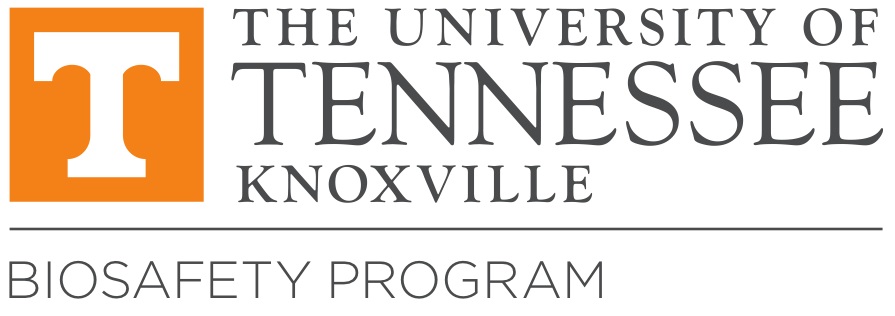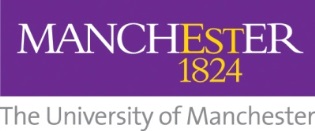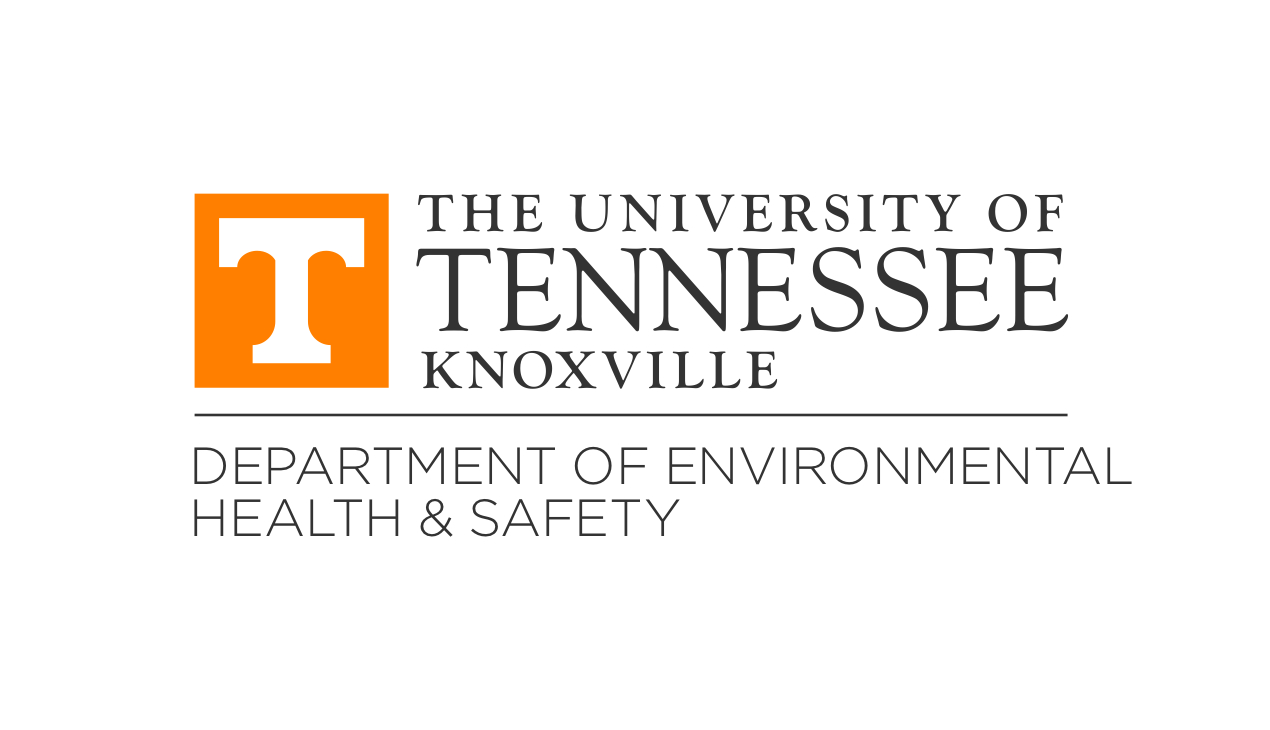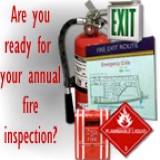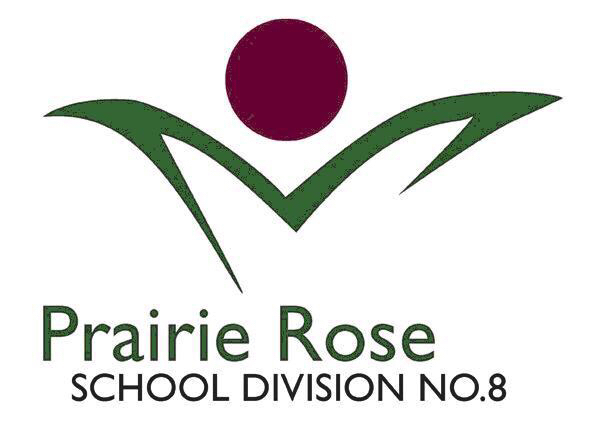Information
-
Teaching Lab Biosafety Framework Review
-
Laboratory Coordinator
-
Building and room numbers
-
Lab name and section number
-
Department
-
Conducted on
-
Campus Location
- Main UTK Campus
- UT Institute of Agriculture
- College of Vet Medicine
- Graduate School of Medicine
-
Prepared by
Facilities signage and practices
-
Is the current version of the biohazard signage present at lab entrance?
-
Is there evidence of food or drink in laboratory area?
-
Are laboratory chairs and stools used in "wet" work areas made of non-porous materials?
-
Is the current version of the Infectious Material Exposure Response Procedures posted?
-
Are personnel familiar with the information in the post exposure response procedure?
Hazard Identification and Communication
-
Has a list of course-specific biological hazards been provided to the BSO for administrative review and record-keeping?
-
Is there a mechanism for identifying and communicating biological hazards and their health effects to teaching staff and students/trainees?
Housekeeping
-
Is the lab maintained in a clean and sanitary condition with no housekeeping concerns?
-
Are lab personnel aware of the number to call if pest management issues arise?
-
Are animals and plants not associated with projects prohibited from work areas?
-
Is there evidence of unattended spills?
Shared facilities or equipment housekeeping
-
Are there any shared freezers or refrigerators?
Freezers
-
Is the equipment clean and free of housekeeping concerns?
-
Are samples properly labeled and stored in leak-proof containers?
-
Responsible group or PI?
-
Are there any shared cold rooms?
Cold rooms
-
Is equipment clean and free of housekeeping concerns?
-
Are samples properly labeled and stored in leak-proof containers?
-
Responsible group or PI?
-
Are there any shared incubators?
Incubators
-
Is the equipment clean and free of housekeeping concerns?
-
Are samples properly labeled and stored in leak-proof containers?
-
Responsible group or PI?
-
Is equipment in a common area that is unrestricted?
-
Is there a placard on the front of the equipment indicating who is responsible for the contents?
-
Is the equipment locked?
-
Responsible group or PI?
-
Notes:
Sharps and biological waste disposal practices
-
Are needles and other sharps disposed of in appropriate sharps container?
-
Do needles appear to be intentionally bent, broken, or recapped?
-
Is there a formal exemption in place to allow recapping?
-
Are biological waste containers properly labeled, leak proof, lined with a biohazard bag and equipped with a secure closure?
-
What is the room number of the autoclave used for this teaching lab?
-
What is the validation expiration date for the autoclave?
-
Who is responsible for autoclave validations?
Hygiene and Primary containment measures
-
Is a hand washing sink including soap and hand towels available?
-
Eyewash stations
Station
-
Is the station free of obstructions and easily accessible?
-
Does the eyewash have any functional issues (i.e., uneven pressure from the spray heads, pressure too high or low, missing caps)<br>
-
Is there documentation to indicate the station has been flushed weekly or monthly (depending on campus policy)?
-
Date of last test/flush
-
BSCs
Cabinet
-
Type of cabinet
- Clean Bench
- Class I
- Class IIa
- Class IIb1
- Class IIb2
- Class III
-
Unless otherwise noted as "not intended for use with BSL-2 materials", has the BSC been certified within the last year?
-
Date of last Certification
-
Is the BSC located away from doors, high traffic areas, and other airflow disruptions?
-
Is there a bunsen burner being used inside the BSC hooked to a dedicated gas line?
-
Are vacuum lines equipped with liquid waste decontamination traps properly housed in spill proof container?<br>
PPE
-
Has a PPE needs assessment been conducted?
-
Are gloves changed when contaminated, glove integrity is compromised, or when otherwise necessary?
-
Are gloves removed and hands washed when work with hazardous materials has been completed and before leaving the laboratory?
-
Are disposable gloves reused?
-
Are lab coats or other body/clothing coverings worn while working with hazardous materials?
-
Are protective coverings removed before leaving for non-laboratory areas?
-
How are lab coats cleaned?
- Central Sanitation at Vet School
- Contract cleaner
- Take home to wash
- Building/Dept. W&D
- Other
-
Describe "Other":
-
Is eye and face protection used for anticipated splashes or sprays of infectious or other hazardous materials when the materials must be handled outside the BSC or containment device?
-
Is PPE cleaned and stored appropriately?
Spills, Exposures, & Injuries
-
Are students/trainees informed of the emergency procedures related to biological spills, hazard exposures, or laboratory injuries?
-
Are the students/trainees aware of the proper spill response and the location of the written plan?
-
Are students/trainees aware of the proper injury/accident response?
-
Are students aware of the reporting procedure following an injury/incident or near miss?
BSL-2 practices
-
Are all procedures that may generate aerosols conducted in BSC?
-
Are procedures carried out outside containment designed to minimize the generation of aerosols and/or splashes?
-
Are personnel familiar with the proper decontamination strategies for biological waste (e.g., cultures, stocks) prior to disposal?
-
What kind of disinfectant do you use?
- 10% Bleach
- 70% Ethanol
- Other
-
Describe "Other":
-
At what frequency is the bleach freshly prepared?
-
Are personnel aware of how to properly store and transport samples (i.e., capped leak-proof primary container, with leakproof secondary)?
Training
-
Are initial and refresher training records available for all personnel working in the teaching lab?
-
Have students been trained prior to hands-on activities as appropriate?
Medical Evaluations
-
Have students/trainees been informed in writing that they may consult with medical professionals for more information and/or health screenings prior to any laboratory experience of practical exercise?
Blood Borne Pathogens
-
Are laboratory personnel working with human derived tissues, bodily fluids or cell lines that would require BBP training?
-
Is the exposure control plan accessible?
-
Are there any new personnel that require BBP training?
-
Are there new personnel that have not been informed of their right to vaccination for Hepatitis B ?
-
Name and UT NetID?
Summary information
-
Results
-
Comments
-
Mandatory Corrections
-
Deficiencies must be corrected by
-
Signature of laboratory representative
-
Use this space for drawing if needed.
-
This inspection is in accordance with requirements outlined in the CDC/NIH Biosafety in Microbiological and Biomedical Laboratories 5th ed document (BMBL) and/or other applicable regulatory standards per Institutional Biosafety Committee and Biosafety Office policy.
Additional Information on the BMBL, BSL-2 requirements, applicable regulatory standards, and lab inspection parameters can be found at http://www.biosafety.utk.edu. Please contact the Office of Biosafety if you have any questions or concerns regarding this evaluation. Thank you in advance for your cooperation in ensuring biological safety and research compliance. -
Legend:
Pass: Score >85% No, or minor deficiencies were noted that were resolved at the time of inspection. Remedial actions are not required at this time.
Provisional Pass: Score >85% Deficiencies were noted; one or more requiring prompt remedial action (Noted under Mandatory Corrections). A mandatory correction is issued when: 1) there is a violation of a U.S. Federal, state, or local regulatory standard; and/or 2) the biosafety inspector has deemed it a risk to personnel safety or biological containment. Remedial action must be taken (or arranged) by the date indicated. Failure to comply will result in a 'FAIL'. Contact the Biosafety Office if you would like further explanation or guidance in resolving the noted issues.
FAIL: Score <85% Numerous or significant deficiencies were noted. Remedial actions must be taken (or arranged by) the date indicated. If corrections have not been taken by that date, the department head and IBC will be consulted to determine the appropriate disciplinary action. Contact the Biosafety Office if you would like further explanation or guidance in resolving the noted issues.
